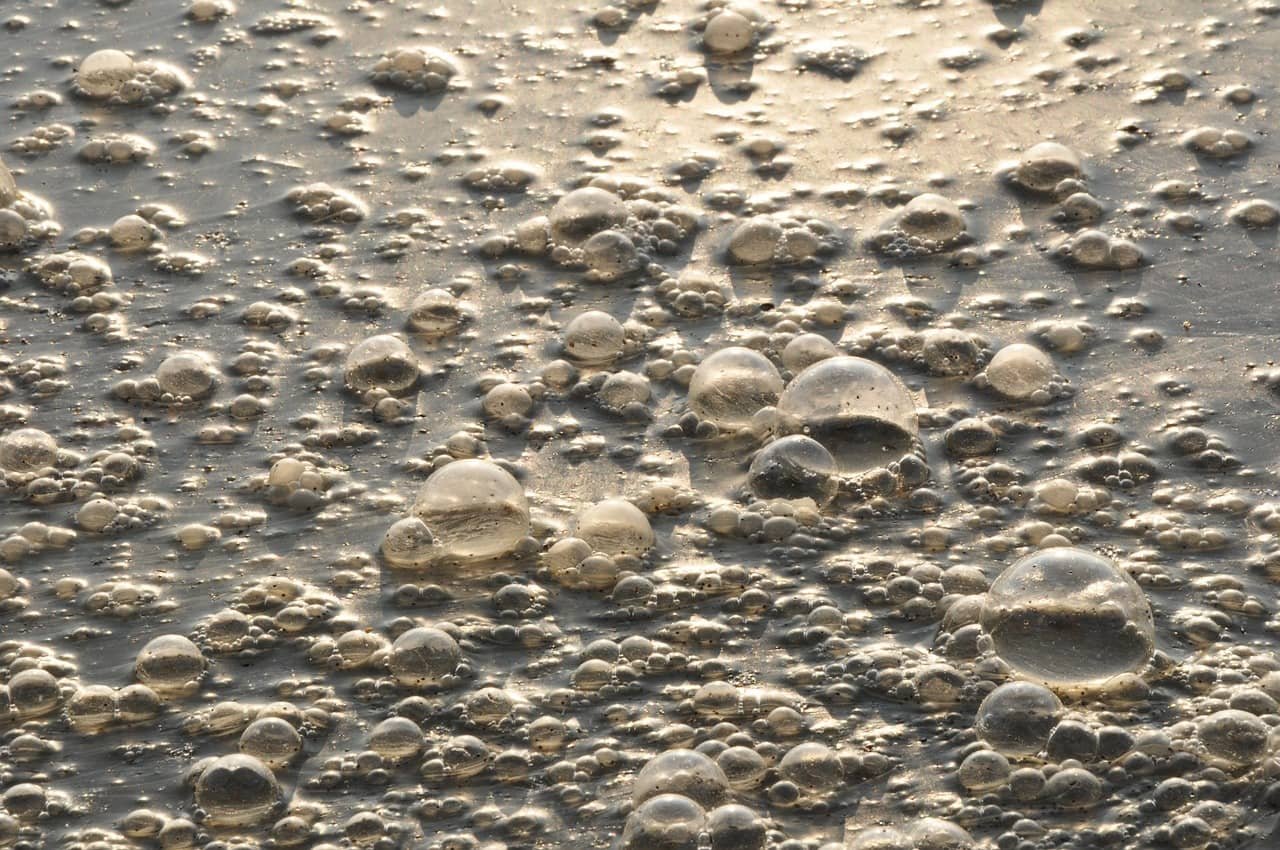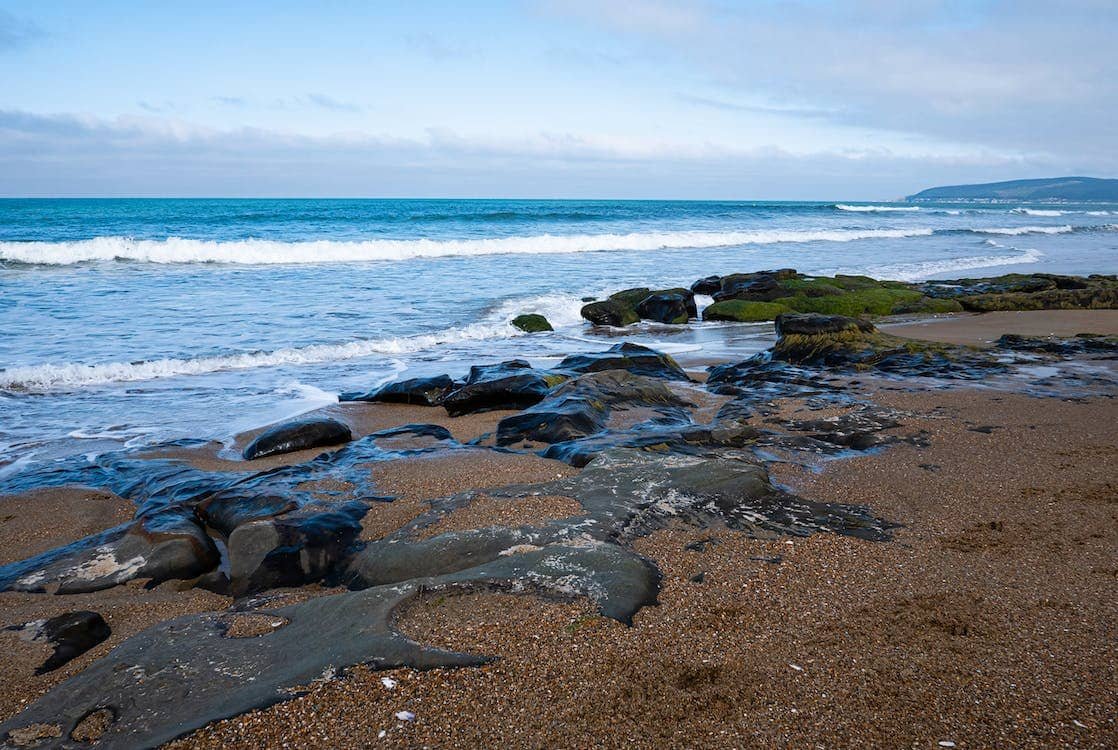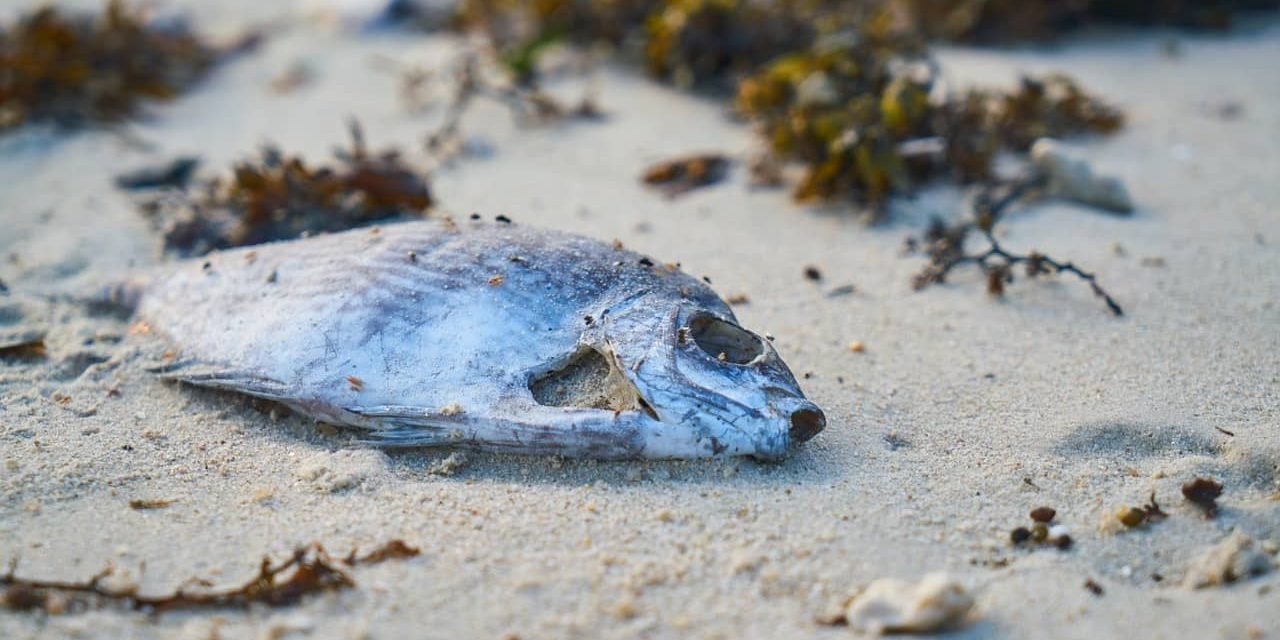A new report from the Environment America Research & Policy Center reveals that more than half of the beaches in the United States have potentially unsafe levels of fecal contamination.
The report, based on extensive testing conducted in 2022, highlights the hidden health hazards lurking in the country’s coastlines.
Testing Results and National Averages

Out of the 3,192 beaches tested across the country, 55% were found to contain unsafe levels of fecal contamination on at least one day.
Shockingly, 363 of these beaches, approximately one out of every nine tested, had potentially unsafe levels on at least 25% of the testing days.
The contamination levels varied across the nation, with the Gulf Coast beaches showing the highest levels of contamination at 84%.
The West Coast followed closely at 70%, while the Great Lakes beaches had a contamination rate of 63%.
The East Coast had a slightly lower share of contaminated beaches at 48%.
Alaska and Hawaii fared relatively better, with 24% of their beaches registering unsafe levels on at least one day.
Dangers of Contaminated Beaches

Swimming in water contaminated with fecal matter can pose serious health risks.
The Environmental Protection Agency (EPA) warns that individuals are at risk of developing gastrointestinal illnesses, respiratory diseases, ear and eye infections, and skin rashes.
Symptoms can include diarrhea, nausea, vomiting, stomach cramps, low-grade fever, muscle aches, and headaches.
Moreover, the consumption of shellfish harvested from polluted waters can lead to gastrointestinal illnesses such as hepatitis A and norovirus. Swallowing polluted water is the most common route of infection.
To avoid spreading or contracting gastrointestinal germs, experts advise against swimming if you have diarrhea and avoiding the ingestion of water from lakes, streams, oceans, or other recreational waterways.
It is also recommended to refrain from swimming if you have an open wound.
Causes of Beach Pollution

The report identifies multiple sources of beach pollution, including stormwater runoff, sewage overflows, and manure from industrial livestock production.
The increased development of homes, roads, and parking lots contributes to the problem by generating more polluted stormwater that ends up in oceans.
Paving over wetlands and forests exacerbates the issue, as these natural features act as filters and absorb excess stormwater.
Aging, inadequate, or poorly maintained sewage systems also contribute to poor water quality, as they fail to effectively filter out disease-causing bacteria and viruses.
Additionally, waste from pets, runoff from daily activities such as lawn irrigation, and fecal pollution from factory farms all contribute to the contamination of beaches.
Taking Precautions while Enjoying the Beach
While water contamination is a real problem, experts emphasize that with the right precautions, people can continue to enjoy the nation’s beaches.
It is recommended to wash hands thoroughly with soap and water after swimming and to avoid going underwater if bacterial content is high.
Checking with the local health department or visiting their website can provide information on any active advisories due to poor water quality.
Preventing Beach Pollution

Environment America calls for various measures to prevent beach pollution.
Repairing, modernizing, and expanding access to sewage systems, setting pollution limits for sewage treatment plants, and ensuring proper maintenance of residential septic systems are all crucial steps.
Public investment in natural and green infrastructure features like rain barrels, permeable pavement, urban green space, and green roofs can help reduce runoff pollution.
Enacting new farming policies to prevent manure pollution, protecting wetlands that act as natural filters, and expanding and improving beach testing are further recommendations.
Preserving and restoring natural infrastructure, as well as repairing built sewage systems, are essential to creating beaches and waters that are safe for swimming.
The Need for Bold Action
The federal government established the Clean Water Act in 1972 to limit pollutants in U.S. waters.
While significant progress has been made, more efforts are needed to protect and improve water quality.
The bipartisan Infrastructure Investment and Jobs Act passed in 2021, provides funding for sewage and stormwater projects. However, local, state, and federal governments must continue to prioritize water quality protection and take bold action to ensure that all waterways, including beaches, are safe for swimming.










